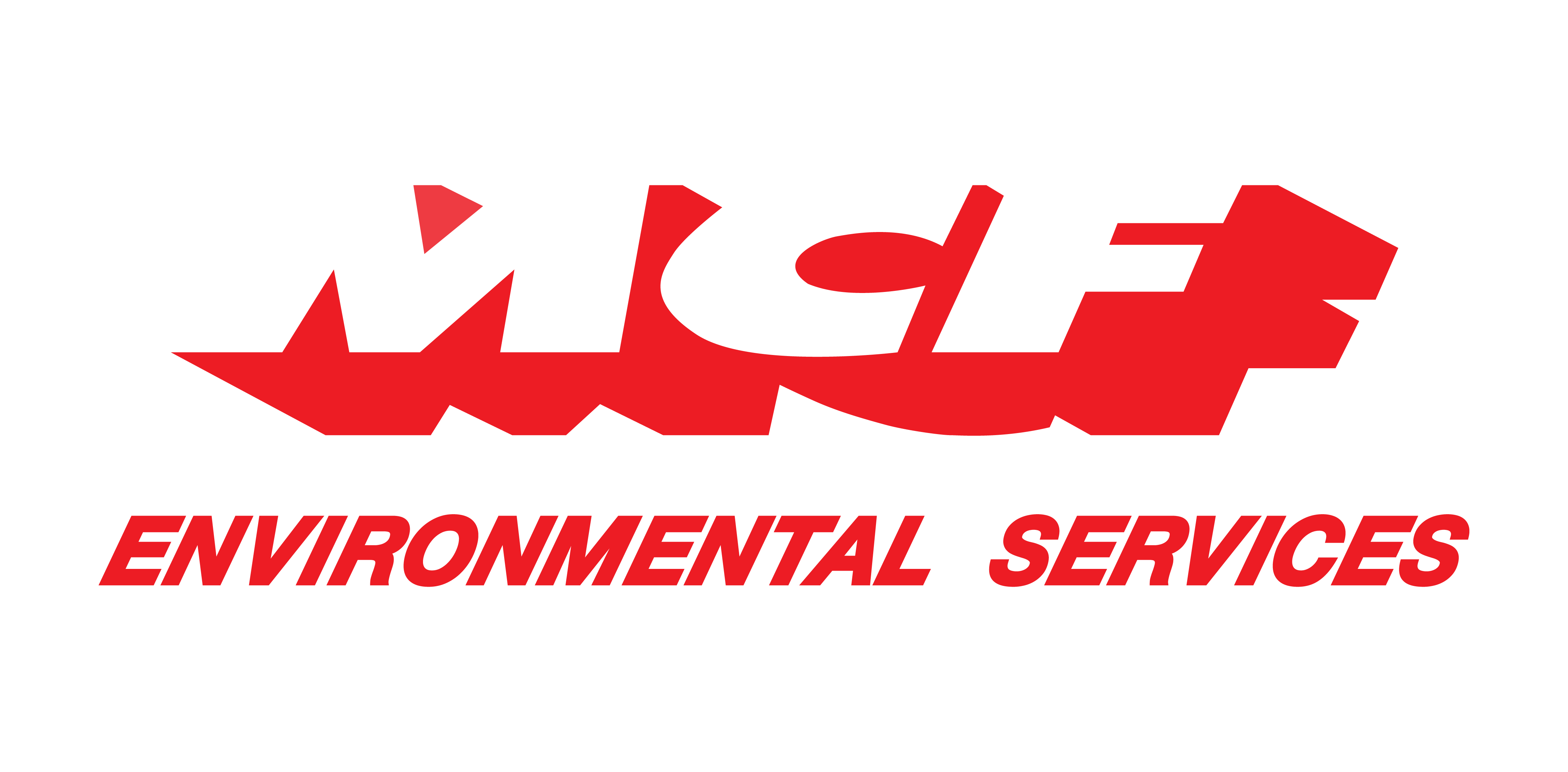
/ IN THIS BLOG
01 / Very Small Generators
The three most important requirements these VSQGs face are:
02 / What Are the Training Requirements?
OSHA provides an exemption from a great deal of its training requirements if the VSQG accumulates hazardous waste for less than 90 days. However, they still must develop an emergency action plan or an emergency response plan in order to be compliant.
MCF Environmental Services provides training to familiarize organizations with safe handling and storage practices. This training is designed to help organizations audit their facilities for OSHA compliance as well as build safety plans to ensure they are ready for emergencies.
Very small generators are often businesses or organizations with extremely few employees. That means that while there are fewer people to train, it is more crucial to ensure everyone working with hazardous materials in any capacity is familiar with compliant handling and disposal processes. Also, smaller facilities cannot staff train en masse like larger facilities.
However, none of these factors have to obstruct very small waste generators. These smaller businesses and organizations can rely on training modules and educational resources from a waste management partner like MCF. Training to learn what very small waste generators must do to remain compliant with the waste they handle comes with the service MCF provides.
03 / Small Quantity Generators
04 / What Are the Training Requirements?
What this means is that many employees who are not directly responsible for handling hazardous waste, but may play some role in compliance with RCRA requirements, may require training. At the very least, employees should be familiar with proper waste handling, emergency response, and any training related to their own job responsibilities.
Small waste generators face several more restrictions than very small generators, so it is equally, if not more, important for them to ensure all relevant staff are aware of the regulations affecting their work. Employees of small waste generators need training not just to meet minimum requirements per federal regulation but also to be knowledgeable about proper hazardous waste handling so they can ensure their work remains compliant.
In order to provide the required training and to guarantee employees know what is demanded of them when handling hazardous waste, businesses and organizations should partner with a waste management service like MCF. This will ensure all relevant information for local and federal regulations are understood. MCF also provides applicable training materials for staff to refer back to after they’ve familiarized themselves with the requirements during training.
05 / Large Quantity Generators
06 / What Are the Training Requirements?
Training must include emergency response training similar to small quantity generators; however, in addition, they must meet additional training requirements. This includes:
Large quantity generators often have many employees–consequently, they have a greater amount of staff who need to be trained in compliant handling. As a result of their size, they also face more risks for noncompliance (and consequent fines) and are more closely regulated.
Outsourcing many aspects of hazardous waste management, including offering staff relevant training, to an experienced waste management partner can help larger companies reduce the burden of hazardous waste handling. MCF offers training resources applicable to large quantity generators detailing federal regulations and expectations as well as information on local and state requirements.








